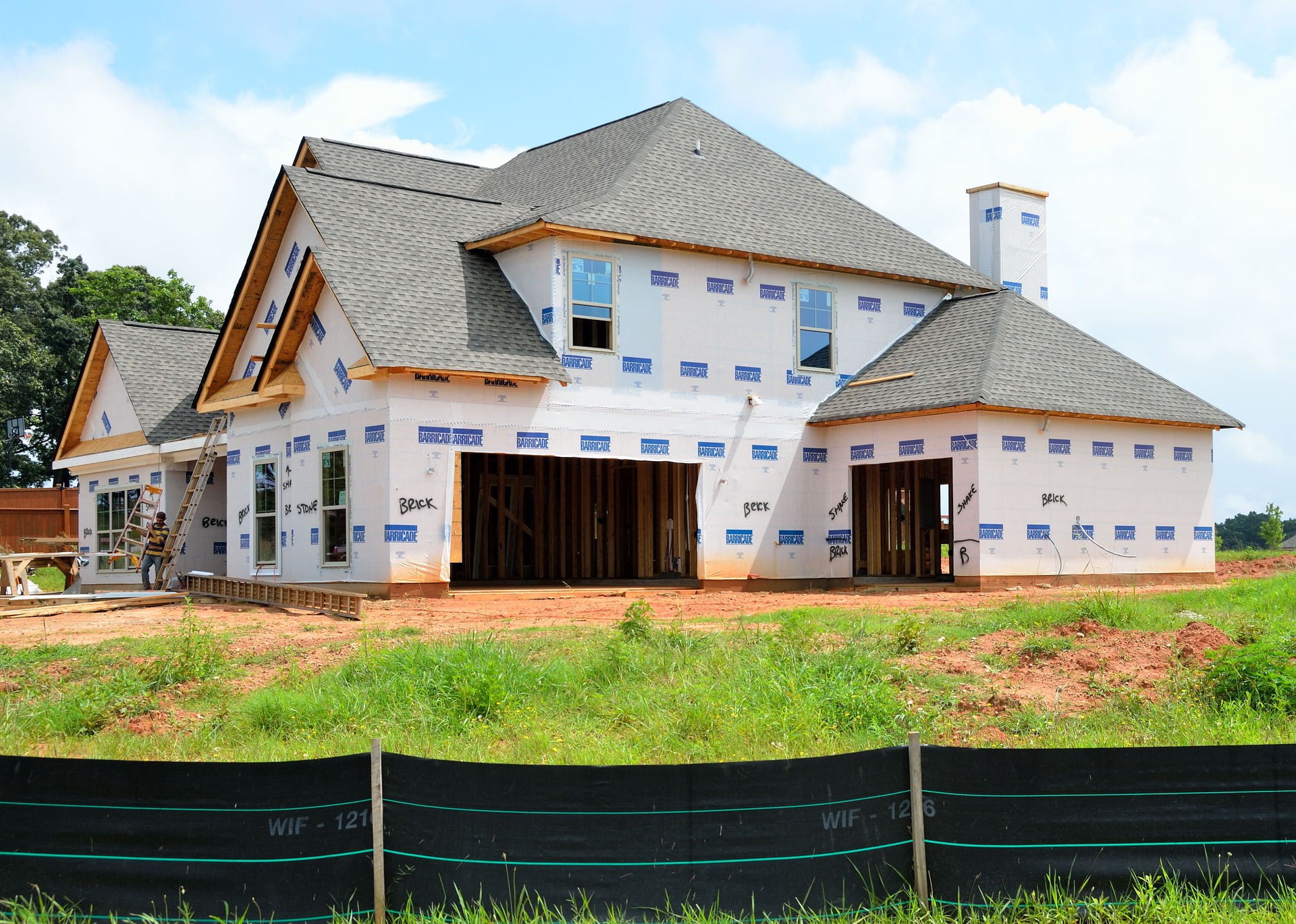What You Need to Know About Prefabricated Homes and Traditional Houses
Prefabricated homes are transforming the housing landscape, offering an innovative alternative to traditional construction methods. These factory-built structures have gained significant attention in recent years, promising faster build times, potential cost savings, and increased design flexibility. As housing needs evolve, more homeowners are exploring these modern living solutions that challenge conventional building approaches.

How Do Prefabricated Homes Compare to Traditional Construction?
Prefabricated homes differ fundamentally from traditional houses in their construction process. While traditional homes are built entirely on-site, prefab homes are manufactured in controlled factory environments and then transported to the final location. This approach offers several advantages, including more precise construction, reduced waste, and significantly shorter build times. Typically, a prefabricated home can be completed in weeks, compared to months or even years for traditional construction.
Key Factors to Consider for Your Housing Choice
Selecting between a prefabricated and traditional home involves evaluating multiple aspects. Design flexibility is a crucial consideration. Modern prefab homes now offer extensive customization options, challenging the misconception that they are limited in style or appearance. Homeowners can choose from various architectural designs, materials, and finishes that rival traditional home construction.
Cost Considerations in Prefabricated vs. Traditional Housing
| Construction Type | Average Build Time | Estimated Cost Range | Customization Level |
|---|---|---|---|
| Prefabricated Home | 3-6 weeks | $100,000 - $300,000 | Moderate to High |
| Traditional Home | 6-12 months | $150,000 - $400,000 | High |
Prices, rates, or cost estimates mentioned in this article are based on the latest available information but may change over time. Independent research is advised before making financial decisions.
The cost dynamics present an interesting comparison. Prefabricated homes often demonstrate lower overall expenses due to reduced labor costs and more efficient material usage. Factory production allows for better quality control and minimized waste, potentially translating to more predictable pricing for homeowners.
Why Homeowners Are Exploring Prefabricated Living Solutions
Environmental considerations are driving increased interest in prefabricated homes. The controlled manufacturing process typically results in better energy efficiency and reduced environmental impact. Many prefab designs incorporate sustainable materials and advanced insulation techniques, offering improved energy performance compared to traditional construction methods.
Practical Considerations for Potential Homeowners
Potential challenges exist with prefabricated homes. Transportation and site preparation can be complex, requiring careful planning and potentially additional expenses. Zoning regulations and local building codes may also impose restrictions on prefabricated home installations, necessitating thorough research and professional guidance.
While prefabricated homes represent an exciting housing option, they are not a one-size-fits-all solution. Homeowners should carefully evaluate their specific needs, budget, and local regulations before making a decision. Consulting with local housing experts and understanding the nuanced differences between prefab and traditional construction will help ensure the best possible housing choice.




